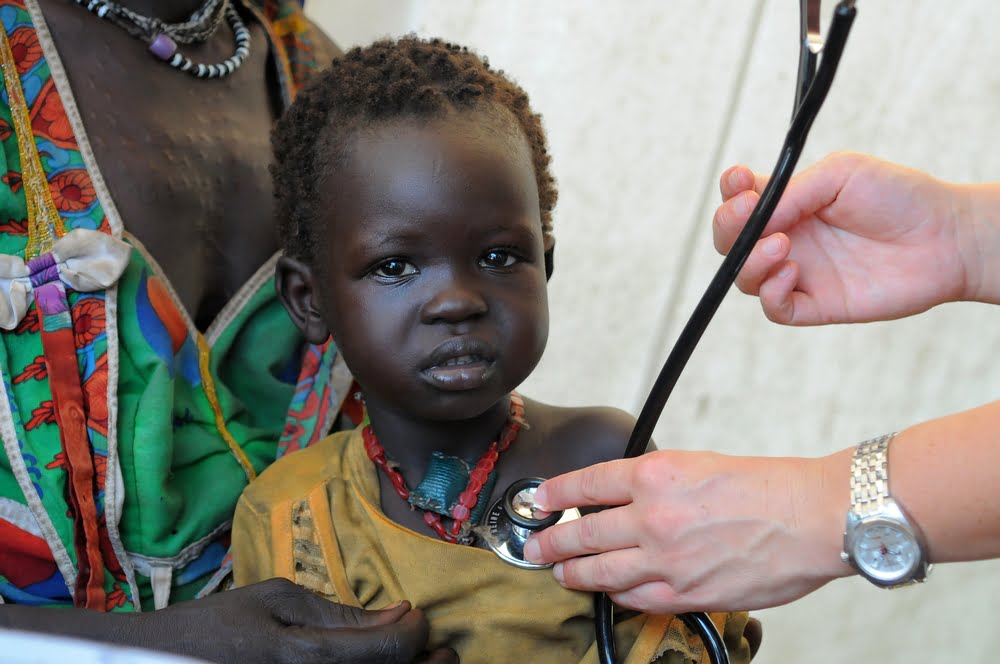The UN Refugee Agency just calculated the global impact of Donald Trump’s new executive order. As many as 20,000 people will be prevented from resettling to the United States during over the next four months.
This week alone, over 800 refugees were set to make America their new home, but instead find themselves barred from traveling to the U.S. UNHCR estimates that 20,000 refugees in precarious circumstances might have been resettled to the United States during the 120 days covered by the suspension announced Friday, based on average monthly figures for the last 15 years. Refugees are anxious, confused and heartbroken at this suspension in what is already a lengthy process.
Refugees share the very same concerns about security and safety that Americans have. They themselves are fleeing war, persecution, oppression and terrorism. The individuals and families UNHCR refers to governments for resettlement are the most vulnerable – such as people needing urgent medical assistance, survivors of torture, and women and girls at risk. The new homes provided by resettlement countries are life-saving for people who have no other options.
The vast majority of the world’s refugees are hosted in developing countries, and less than 1 per cent will ever be resettled globally. Those accepted for resettlement by the United States, after a rigorous US security screening process, are coming to rebuild their lives in safety and dignity. UNHCR hopes that they will be able to do so as soon as possible.
There are about 23 million refugees around the world. These are people who have fled their homes and are living in a “host country.” The vast majority of these refugees live in countries that border their home country; and the vast majority of these refugees will either become absorbed into their host country or return home. Only a tiny fraction are considered eligible for resettlement to a third country. These are usually the most vulnerable cases: widowed mothers; families of children with disabilities; torture survivors or other people who are at risk. For instance, last year I interviewed a gay Syrian refugee who was resettled to the USA from Turkey after he was stalked by ISIS. In all, about 1% of refugees around the world are granted third country resettlement. To be sure, the USA is the single largest destination for resettled refugees, but only amounted to 85,000 of the 21 million refugees in the world last year. (Of these 85,000 only, this single largest source country was the Democratic Republic of the Congo, followed by Syria and then Myanmar.)
The order stops all refugees everywhere from being resettled in the USA for at least 120 days. It also indefinitely bans Syrians from resettling in the USA. (Last year, that amounted to about 12,5oo people). And it caps the total number of refugees eligible for resettlement to 50,000 this year.
For now, however, this executive order means that the US government is turning its back on 20,000 of the most vulnerable people in the world who would otherwise have been welcomed to the United States with the dignity they deserve.
